Nature Coincidences and Compassion: Interconnection with the More-than-Human World
11 August, 2023
Authors: Matthew Zylstra & Juliet Trail
Nature coincidences or nature-based synchronicity can be defined as a “notable experience of two or more physical or psychological events of comparable content coinciding in an unlikely and meaningful way, wherein at least one event prominently involves (non-human) natural phenomena” (Zylstra 2014). As part of his doctoral research, Matthew decided to explore the phenomena of nature coincidences in greater depth , as a form of meaningful nature experience.
In the July 20, 2023 Speaker Series session, “Nature Coincidences and Compassion,” Juliet Trail and Matthew Zylstra share some of the key findings from his research as well as personal stories of our own experiences, including the poignant emotions that arise of awe, insight, humor and connection to the more-than-human world. We discuss implications around why such experience have the power to catalyse intense connection and compassion in ways that can be quite different from solely human encounters.
>>> For a deeper introduction to Matthew’s doctoral research and the field of nature coincidences, please see his article, The Nature of Nature Coincidences.
>>> For more on the implications for compassion, please see Juliet’s blog post, Compassion, Coincidence and Interconnectedness.
In our Speaker Series session, Matthew explores the topic through the lens of Integral Ecology, based on Ken Wilber’s Integral Theory AQAL model. This methodology is a powerful way to illuminate our blind-spots when addressing any issue, and helps us to unite multiple perspectives on that issue—in this case, on nature coincidences. The methodology combines ‘interior’ (subjective) and exterior (objective) experiences as well as individual and collective experiences. His doctoral research on this topic was primarily phenomenological: taking a subjective, first-person interior perspective. In our session, we discuss that when sufficient numbers of first-person accounts are collected and analysed, we move from the subjective to the inter-subjective and, in some cases, can make robust claims about nature coincidences even being an objective phenomenon.
Ultimately, whether such experiences are ‘real’ in an objective sense may be irrelevant. What our session demonstrates, through the sharing of our own stories as well as a number of fascinating stories shared by the group attending the presentation, is that the interpretation of such events often has a powerful influence in motivating feelings and actions that are rooted in interconnection, empathy and compassion for a vibrant animate universe. Juliet expands upon these implications, sharing lessons learned from her work going on and leading vision quests that honor the Native American quest tradition, and through her teaching of compassion across five continents.
Benefiting from the More-than-Human World
“Learning one’s place through attention to animals is not solely a matter of being open to ‘statements’ they make about physical, chemical, and biological realms we share. A more profound communication can take place. In this second sphere, animals have volition; they have intention and the power of influence; and they have the capacity to intervene in our lives. I’ve never known people who were entirely comfortable addressing such things” (Lopez 2003: 163).
Until recently, much of the scholarship referring to coincidences has tended to bundle various types of such events together. Coincidence research also tends to be skewed toward encounters between people or occurrences where something from the ‘inanimate’ material world shows itself (e.g. a book, a job offer) . Yet coincidences with non-human nature (e.g. the appearance of an animal at a meaningful moment) may be quite distinct in themselves and have impacts and outcomes on people’s behaviour that warrant its independent investigation.
In providing examples of nature coincidences, many writers on the topic tend to (only) cite the well-known example of Jung and his female patient who, after having a dream of a scarab beetle the previous night, had a similar beetle appear at Jung’s window during her therapy session the following day – which subsequently catalyzed a breakthrough in her treatment. It is odd that, in the many decades since this published account, few other illustrative anecdotes or compelling evidence of nature-based synchronicity are deemed worthy of citation. Yet, a myriad of other examples exists, both in published accounts and in cultural stories from around the world.
In accounts found across indigenous peoples the world over, nature connection is perceived and understood through a different cultural lens, often with roots in an animist worldview. Such events may be attributed to alternative modes of causation, such as spirit ancestors, or form part of ‘totemism’ – belief systems in which groups or individuals are linked with nature by establishing relationships with spiritual beings who may manifest as species of animals. For example, various African traditions such as the Bantu recognize the timely appearance of an animal as being a ‘message from the Ancestors’ or an incarnation of the Great Earth Mother. In related cultural ceremonies (e.g. initiations, deaths), such appearances may be almost expected, such that if they are not witnessed then the ceremony did not reach – or was not heard – by the ancestors.
In Native American traditions, to provide another example, plants and animals not only bring their connections with spiritual beings or ancestors, but they also provide “medicine” for the people. Medicine, here, is information and contact that brings healing and greater insight to the individual, and to that person’s community or tribe. In this way, nature encounters are perceived as always potentially holding great meaning, and the possibility of learning or healing through each encounter with the natural world.
In Western literature, a particularly striking example is recounted in Roderick Main’s book Revelations of Chance (Quispel, 1992: p247, in Main, 2007, p1): “A professor of biology, Adolf Portmann, was delivering a lecture that he intended to conclude with a story about a praying mantis. Just as he was about to broach the subject, a praying mantis flew into the lecture hall through an open window, circled around Portmann’s head, and landed near the lecturn lamp, to the effect that the insect’s wings cast on the white wall behind him a huge shadow in the form of the arms of a praying man.”
It is our hope that through sessions like this and the ongoing work of The Coincidence Project, we can bring more awareness and recognition to the prevalence and importance of nature coincidences. Such experiences give us a lived experience of how deeply connected we are to all beings around us: trees, plants, animals, weather, and even geologic and celestial phenomena.
Our interconnectedness has deep implications for living in a more compassionate and sustainable manner with the earth and our fellow beings: if we are deeply, fundamentally connected to other beings, then harming other beings is much the same as bringing harm to one’s self, or to the ones we love. And why would we harm ourselves, or our loved ones? Bringing kindness, respect and a willingness to learn deeply from the world around us can instead become our guide, honoring the ways that we are all alike in sharing this precious planet as our home.
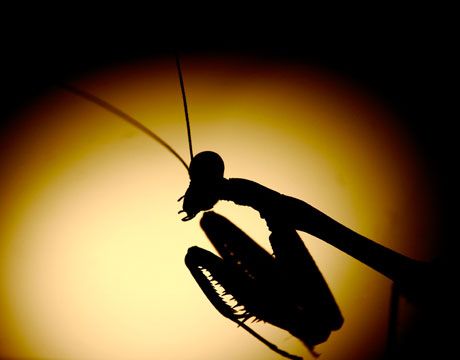
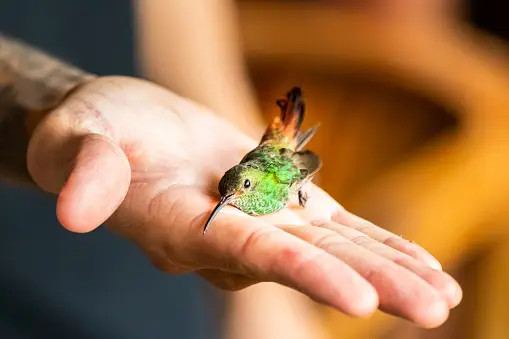


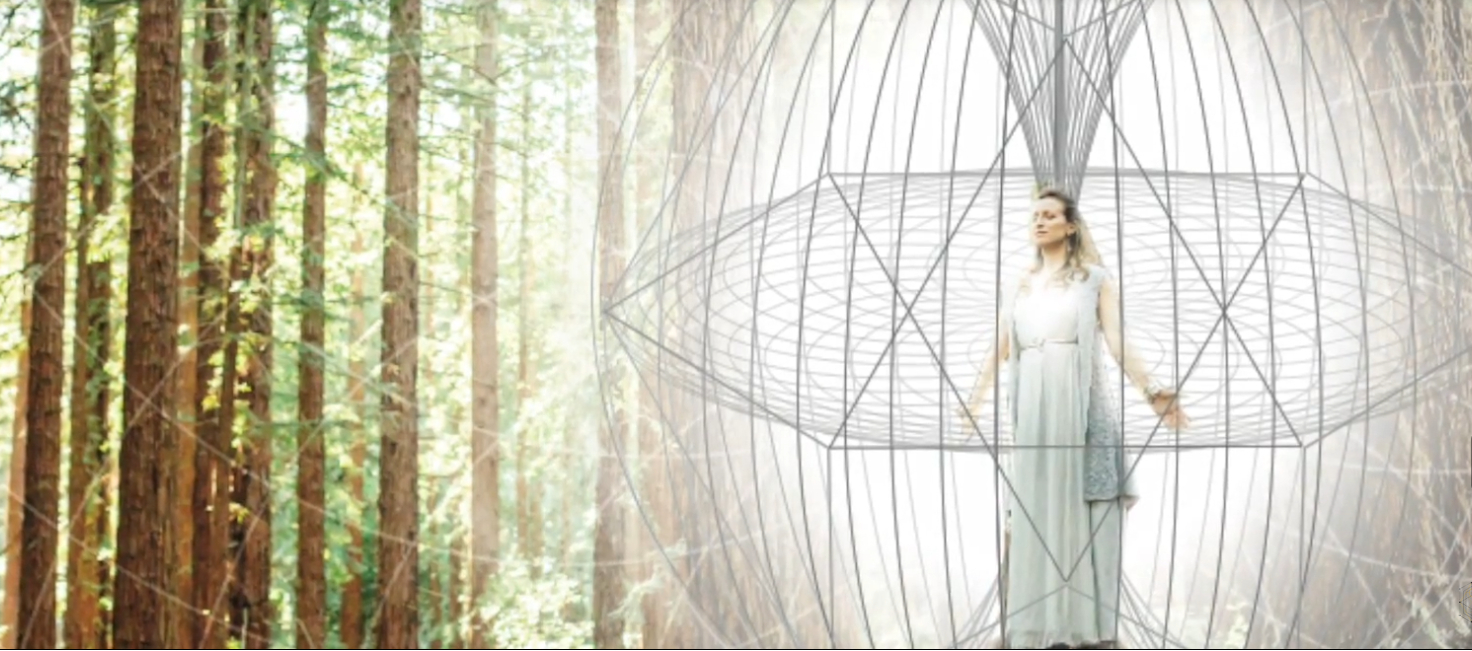




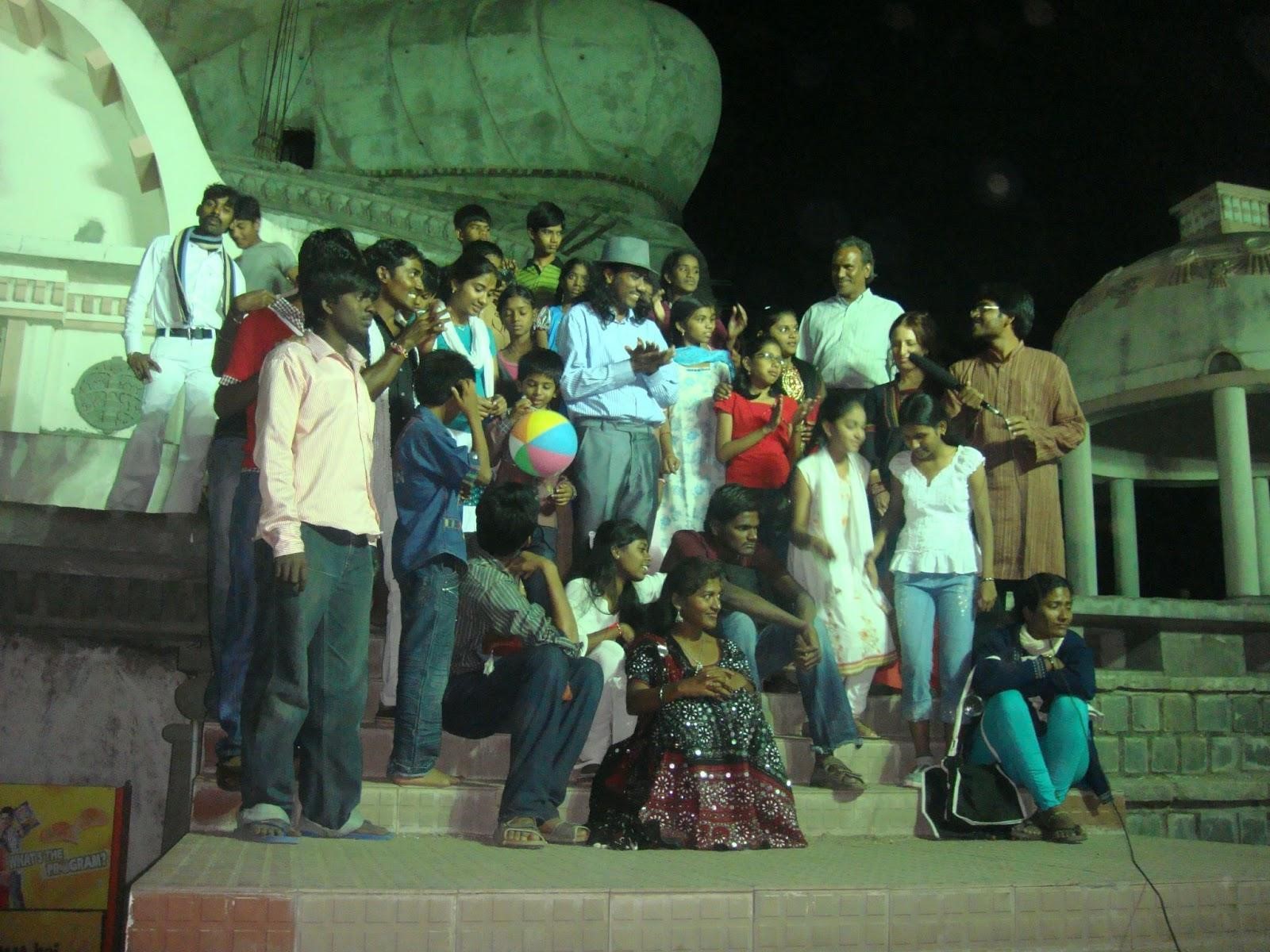


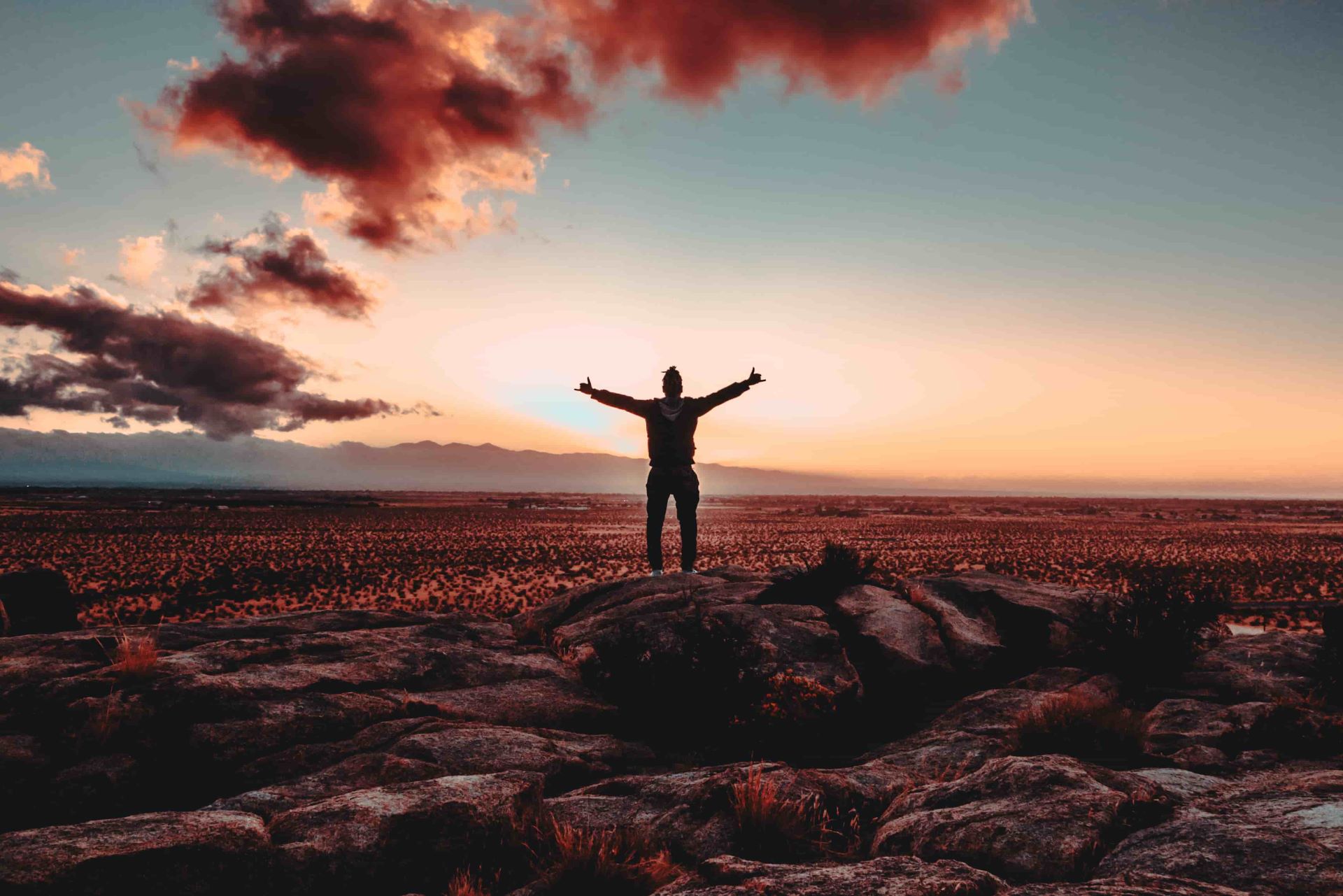
user
11-08-23
the case of Adolf Portman is only a demonstration that the professor has a great energy potential and that Jung’s story had a great impact on him. Our subconscious controls coincidences
Michele Bestbier
11-08-23
FABULOUS FABULOUS ! And most VITAL aspect to integrate into the ever widening horizon of our awareness …
Gratitude !!